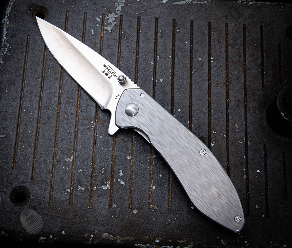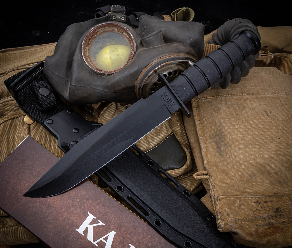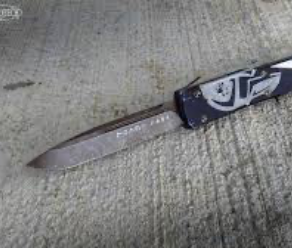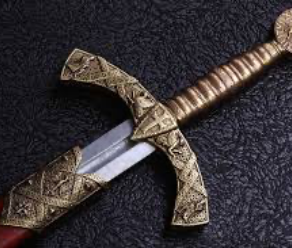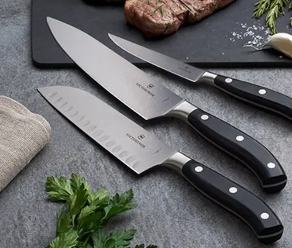Menu
Anatomy & Features
Guides
History Of: The Buck 110
Buck 110
The Buck 110 Folding Hunter is a true icon in the world of knives, boasting a rich history that spans more than half a century. This legendary folding knife has earned its place as a symbol of quality, craftsmanship, and durability.
The story of the Buck 110 begins in 1961, when Al Buck and his son Chuck officially incorporated Buck Knives in San Diego, California. Two years later, in 1963, Buck authorized the development of a new hunting and utility folding knife. This new design featured an innovative lockback mechanism and a large, singular clip-point blade. The introduction of this new design in 1964, known as the Buck Model 110, rapidly became one of the most popular folding knives ever made. With a 3.75” heat-treated 440C stainless steel blade, high tension lock, and ebony wood handles with brass bolsters, it was one of the first lockback knives considered strong enough to accomplish the tasks of a fixed blade.
The Buck 110 has evolved throughout the years from the original. Originally featuring a typical clip-point blade, it has been exaggerated over the years to allow for delicate cutting and skinning. In 1981, the blade steel was updated from the classic 440C heat-treated steel to 425CM stainless steel with a hollow grind. Later, in 1993, changing it to the currently used 420HC stainless steel, a highly corrosive resistant steel, making it perfect for this game knife.
- Development on the Buck 110 began in 1963
- Featured an innovative lockback mechanism
- The Buck 110 was introduced in 1964
- The Buck 110 became one the most popular folding knives ever
- In 1981 Buck changed the blade steel used on the Model 110 to 425CM stainless steel
- In 1993 it changed again to 420HC stainless steel
Over the years, Buck has developed different variations of the 110 pocket knife. Most notably in 2017, when Buck unveiled the Buck 110 Auto, an automatic version of their iconic 110 pocket knife, engineered for effortless one-handed operation. Building on the previous year's success, Buck introduced the Buck 112 Auto, a smaller yet equally classic variation with an automatic opener. And the Buck 110 Slim, featuring a traditional drop-point blade, the Buck 110 Slim has modern enhancements, such as thumb studs and a deep-carry pocket clip.
The Buck 110 stands as a symbol of quality and craftsmanship in the knife world. From its birth in 1964 to groundbreaking innovations over the years, this legendary folding knife has not only maintained its iconic status but has also adapted to the evolving needs of its users, remaining a top choice for knife enthusiasts and everyday users alike.
- Buck released the Buck 110 Auto (pictured above) in 2017
- Buck later introduced the Buck 110 Slim
Written by Drew Clifton
What to Buy
The Buck 110 Ebony Wood Folding Hunter features a 3.75" 420HC stainless steel clip-point blade with a satin finish and a nail nick. The handles are genuine ebony wood with brass pins, liners, and bolsters.
The Buck 110 Auto features a 3.75" 420 high carbon stainless steel clip-point blade with a satin finish. It's an out-the-side automatic with ebony Dymondwood handles, a push button open, and a lockback lock with brass pins and bolsters.
The Buck 110 Slim Pro TRX features a 3.75" Cerakote Armor-coated S30V stainless steel clip-point blade with an ambidextrous thumb stud. The handles are black G-10 with a tip-up pocket clip.
Expert Reviewed
T.C. Barnette is a dynamic media personality and the esteemed spokesperson for SMKW (Smoky Mountain Knife Works), where his passion for knives intersects with his captivating on-screen presence. With a magnetic charisma and deep expertise in cutlery, T.C. has become a beloved figure in the knife community.







